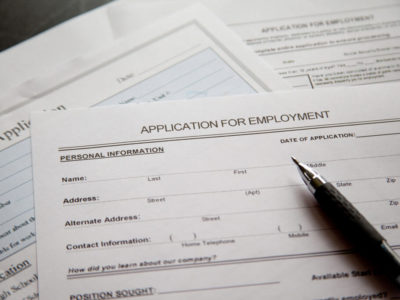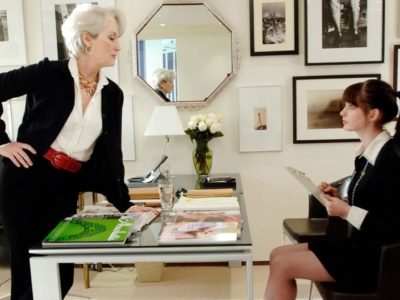Although there’s a big emphasis on networking these days, those of us who don’t have a ton of stellar connections still need to do things the standard way: with a good old-fashioned cover letter. Your resume and cover letter are potential employers’ first impressions of you. The cover letter is where you have room to be creative and let yourself shine. But if it’s tucked away in a stack with 100 others, how can you make yours stand out? Learn how with CM’s tips for writing a cover letter that sets you apart.
No Rookie Mistakes
“It’s really important to have someone else look at your cover letter and do a little copy-editing,” said Jennifer Pitterle, editor of Lake Minnetonka Magazine. Between spellcheck and a quick proofread from a friend or two, there’s no room for trivial mistakes in your resume or cover letter. “That’s a giant red flag that says ‘this person is not qualified for the job,’” said J.R. Ross, WisPolitics editor. Formatting is also important. The document should always be a PDF, and after you convert the document from Word, make sure there isn’t an extra blank page. It should be aligned with plenty of white space. “This is your first impression. Make sure it’s the right one,” Ross said.
No formalities
Times are changing, and although resumes and cover letters should still be professional in tone, don’t feel obligated to make yours look like someone your parents’ age wrote it. “I think a lot of people still cling to a really traditional style and tone that includes a lot of fluffy language, and that’s not particularly helpful,” Pitterle said. Because employers see so many resumes and cover letters, you need to include a little bit of personality. Don’t be afraid to use your subject line to stand out as well; be excited, and let them know it from the start!
No Hints
Employers see so many cover letters that they often just skim them and read the first paragraph. Not only do you need to make them want to read the whole thing, but this is your chance to make them want to read your resume as well. “The cover letter should make me want to read what comes after it – kind of like an appetizer that gives you a hint of the amazing meal that’s about to follow,” said Glenn Brown, manager of recruitment and benefits at Oregon Public Broadcasting. Give them a taste of what’s to come, but don’t give away every secret up your sleeves.
No Generalities
Good cover letters explain why you want the job and why you’d be a good fit with the company, so show some passion. “I want to know why this position stands out to them, why they want it and how it’s going to help them,” Pitterle said. “If I’m reading a cover letter and I get the sense that the applicant wouldn’t have a very good time in this job, then they probably wouldn’t do very good work for us.” If you fall flat, you probably won’t get hired.
No Ramblings
To encourage someone skimming hundreds of resumes to actually read yours, get to the point. You don’t want the page to be overwhelming with text. White space is good space. Keep it simple, stupid.
No Vagueness
No one likes fluff. Instead of saying you’re “hardworking” or “detail-oriented,” give concrete examples that explain why that’s true. What did you do in an internship, volunteer experience or class that makes you any of those things? By definition, in order to be creative, you have to say things that other people aren’t saying.
No Repetition
The point of a cover letter is to add to the resume – not repeat it. “I see a lot of cover letters that are just sort of resumes in paragraph form. That’s repetitive and usually doesn’t provide a lot of additional information,” Pitterle said. The employer knows what your work and education experiences are, so use your cover letter to tell them why those experiences are relevant.



















